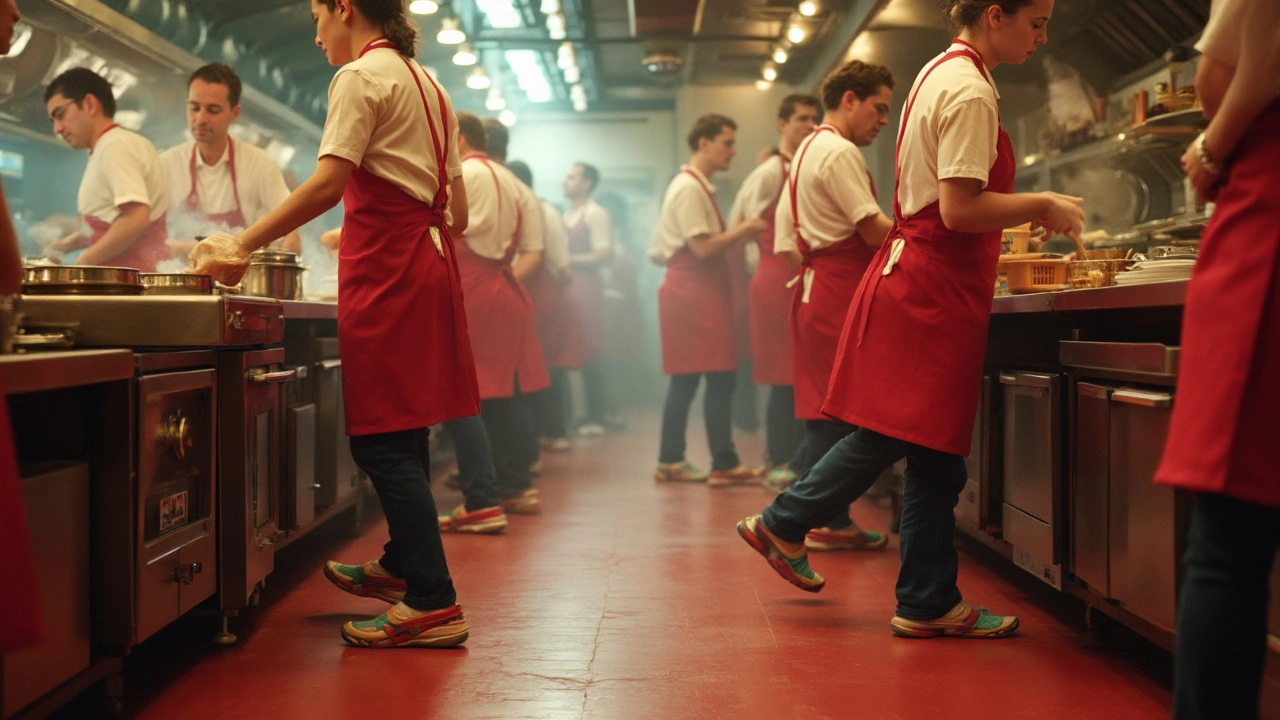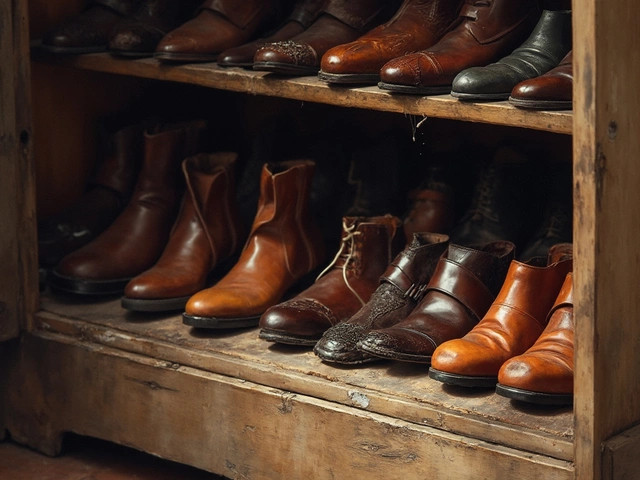Restaurant Footwear: What Every Kitchen Pro Needs to Know
Working in a restaurant means you’re on your feet for hours, often on slick floors. The right shoes can keep you comfortable, safe, and looking sharp. In this guide we’ll break down the basics of restaurant footwear, share quick fit tricks, and point out the latest trends that actually work in a busy kitchen.
Why Slip‑Resistant Shoes Matter
Spills are part of the job, and a slip can cost you a day off or a serious injury. Slip‑resistant soles are designed with patterns that channel liquids away, giving you better grip on wet tiles or greasy spots. Look for shoes that meet ASTM F2413‑18 or EN ISO 20345 standards – these certifications prove the sole has been tested for traction. If you’re not sure, a quick test is to walk on a damp floor and see if you feel any sliding; a good pair will feel grounded.
Comfort is just as important as safety. A cushioned insole made from memory foam or EVA helps absorb the impact from standing and walking. Many chefs swear by shoes with removable insoles so they can swap in custom orthotics if needed. The right arch support can prevent foot fatigue, lower back pain, and even help with posture during long service.
Choosing the Right Style for Your Kitchen
There’s a misconception that all kitchen shoes look the same – black sneakers, white clogs, or thick boots. In reality, you have options that match both dress codes and personal taste. If your restaurant enforces a uniform, you’ll likely need a sleek black shoe with minimal branding. For more casual venues, a breathable mesh sneaker can keep your feet cool during a hot dinner rush.
Materials matter too. Leather offers durability and can be polished to look professional, but it may trap heat. Synthetic uppers let air circulate, keeping feet dry, which reduces the risk of blisters. Some brands combine a leather toe cap for protection with a mesh side panel for airflow – the best of both worlds.
Don’t forget the fit. When you try shoes on, make sure there’s a thumb’s width of space between your longest toe and the front of the shoe. Your heel should stay snug without sliding when you walk. A quick “walk‑test” in the store – take a few steps, lift your foot, and see if the heel lifts – can reveal a poor fit before you buy.
Maintenance is often overlooked. Keep the soles clean and dry, and wipe off any grease after each shift. A quick dry‑wipe with a damp cloth prevents buildup that can reduce traction. If your shoes have removable insoles, let them air out overnight to avoid odor.
Finally, think about the future. Investing in a quality pair might cost a bit more upfront, but it pays off in durability and foot health. Many reputable brands offer a warranty of at least one year, so you’re covered if the sole separates or stitching fails.
Whether you’re a line cook, a sous‑chef, or the restaurant manager, the right footwear is a small change that makes a big difference. Pick a slip‑resistant, comfortable, and well‑fitting shoe, and you’ll move through the kitchen with confidence, staying safe and pain‑free during every service.

Why Do Restaurant Workers Wear Crocs?
Restaurant workers face long hours on their feet, dealing with spills and fast-paced environments. That's why Crocs are their go-to footwear; they're comfortable, slip-resistant, and easy to clean. With their quirky style and practical design, Crocs have become a staple in kitchens everywhere. Let's break down why these shoes are the top choice for folks in the food industry.




